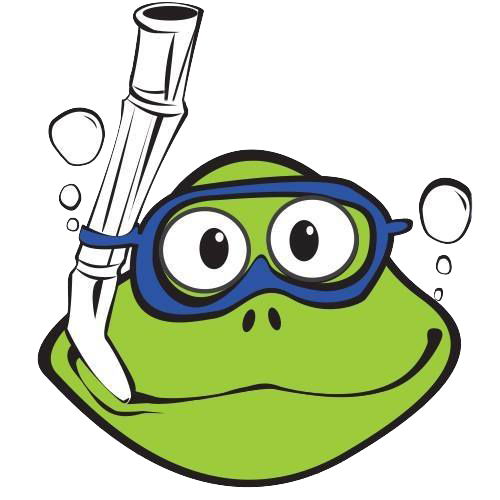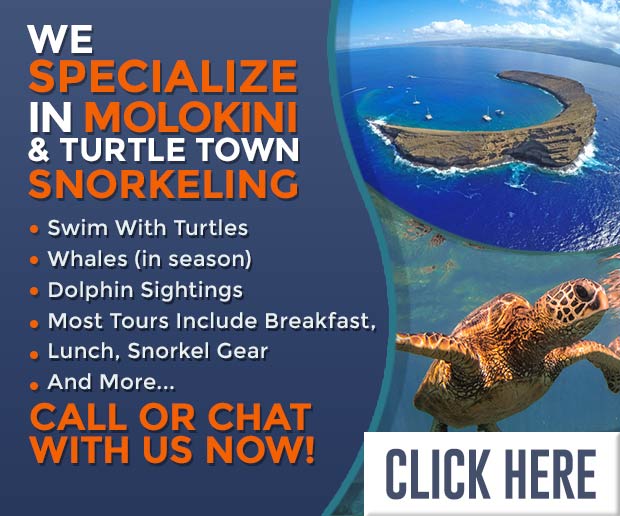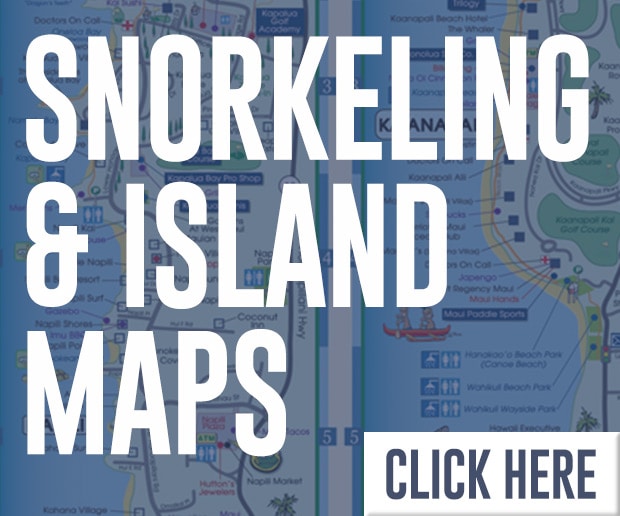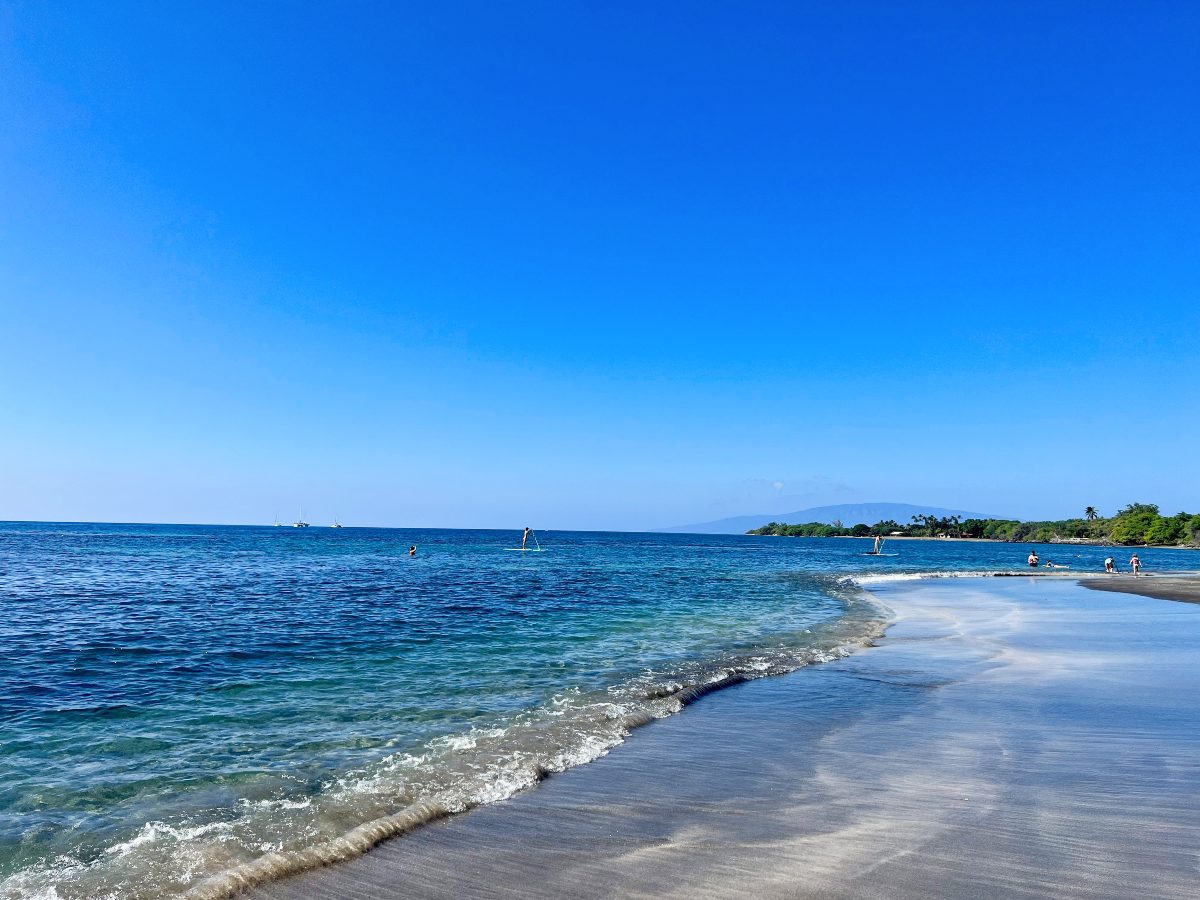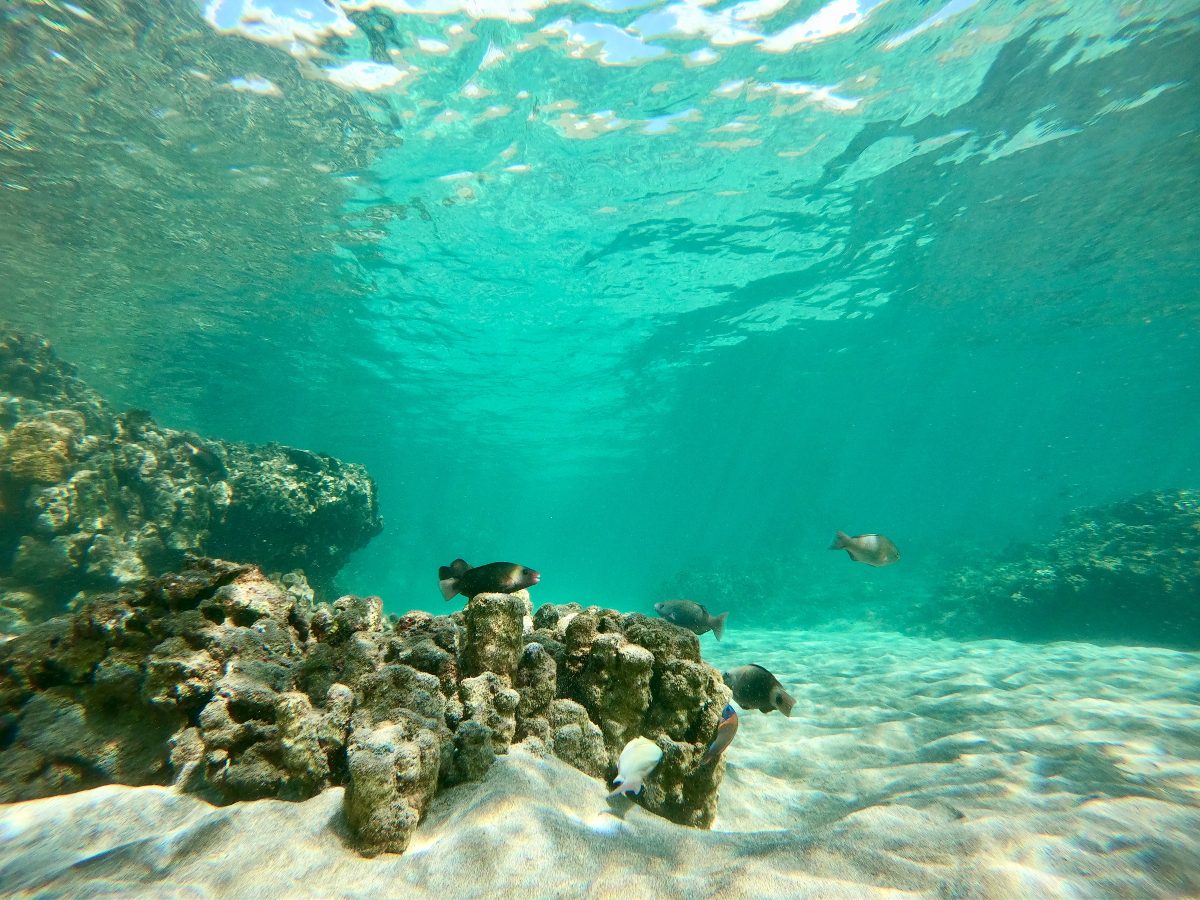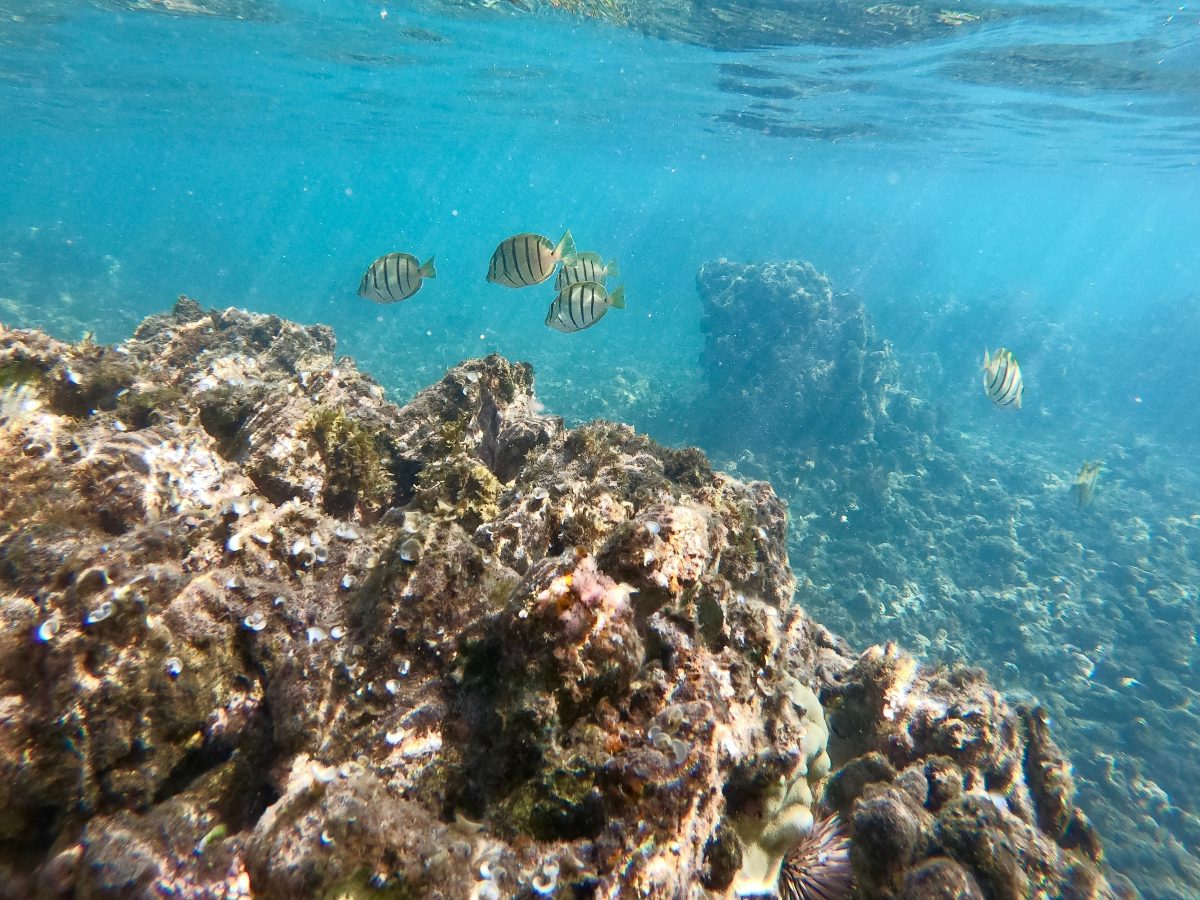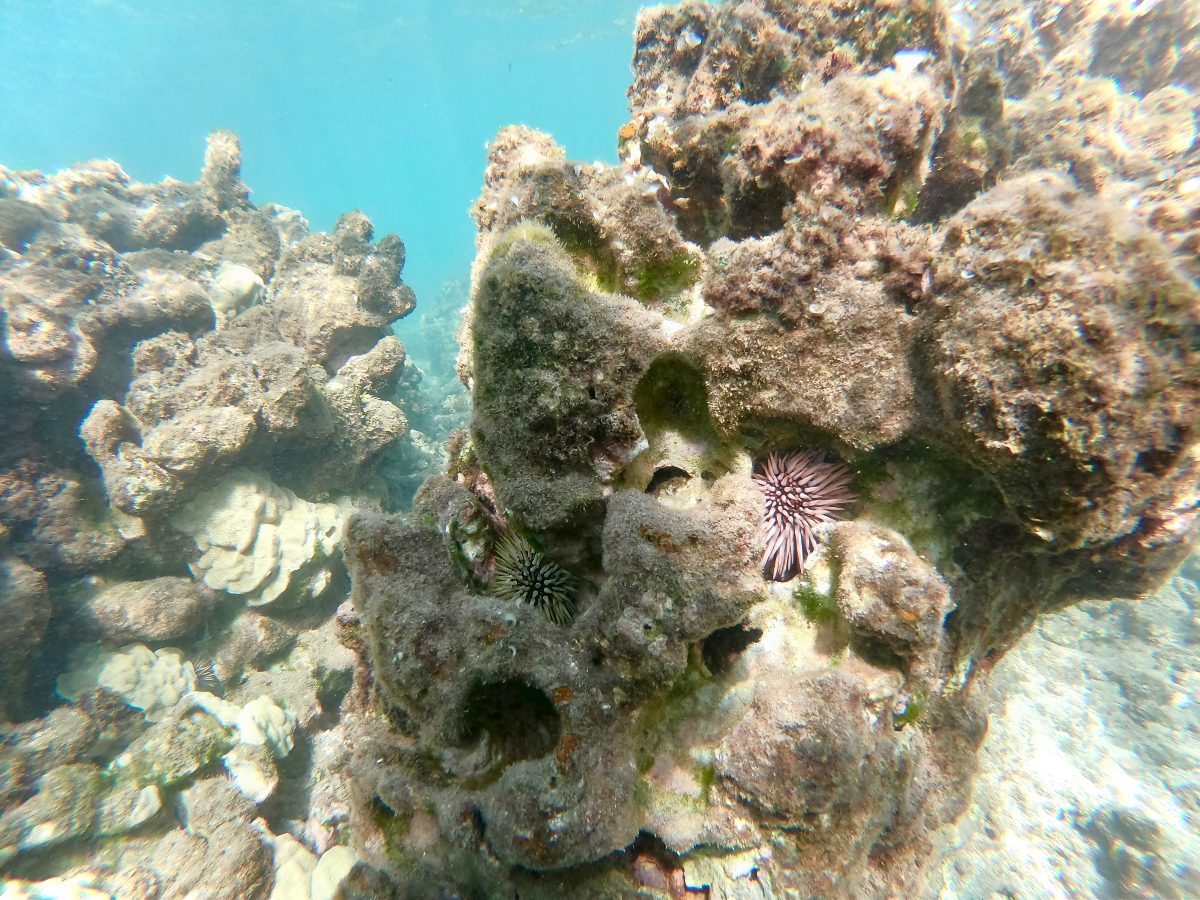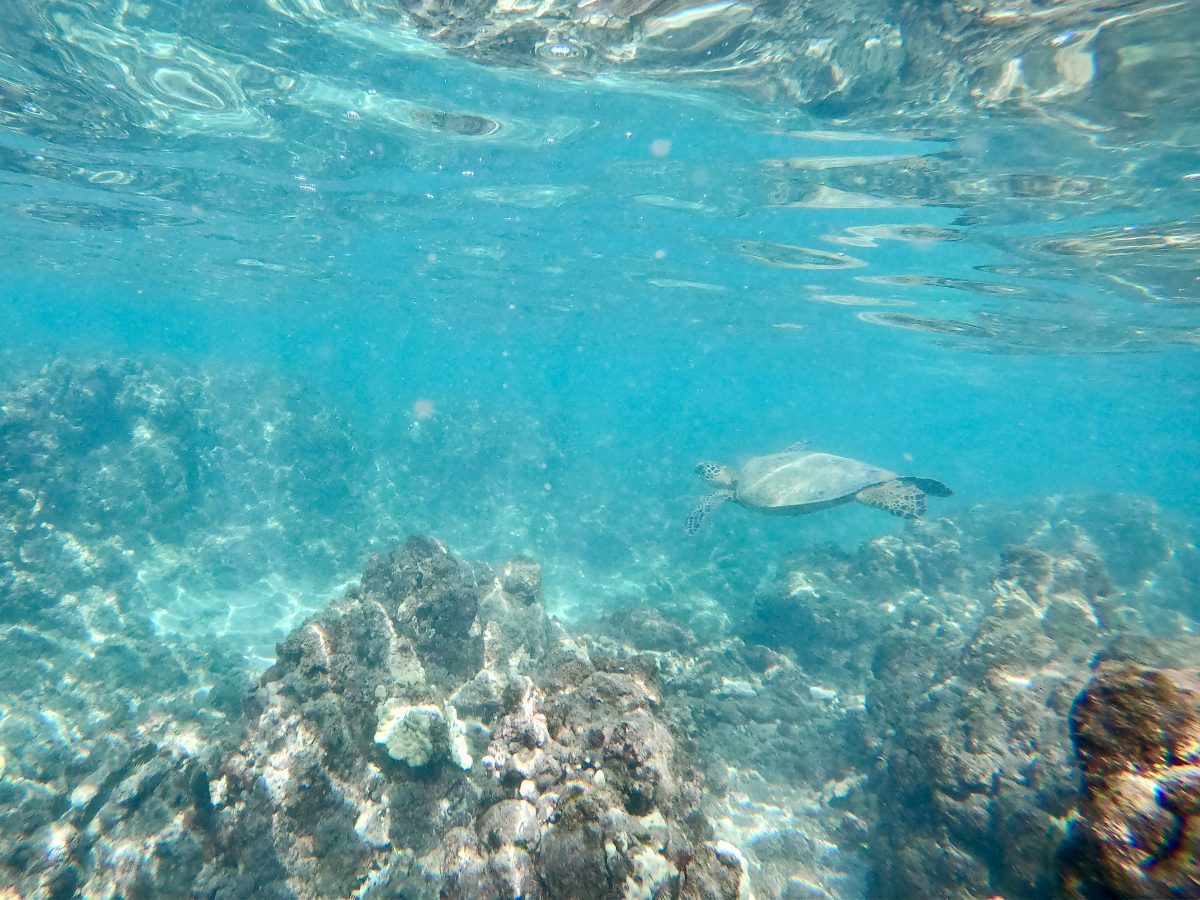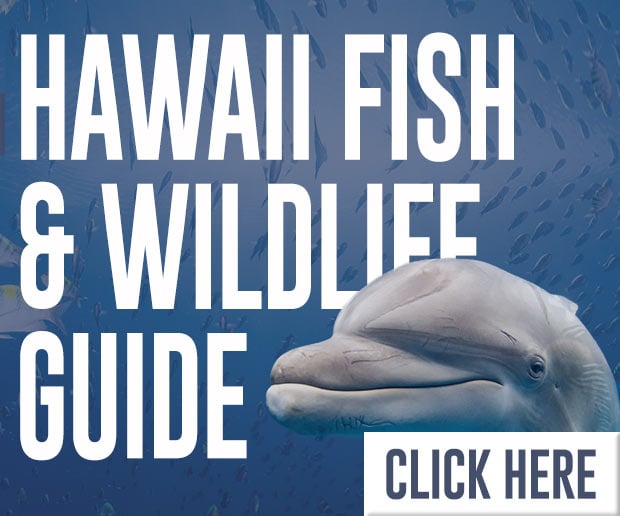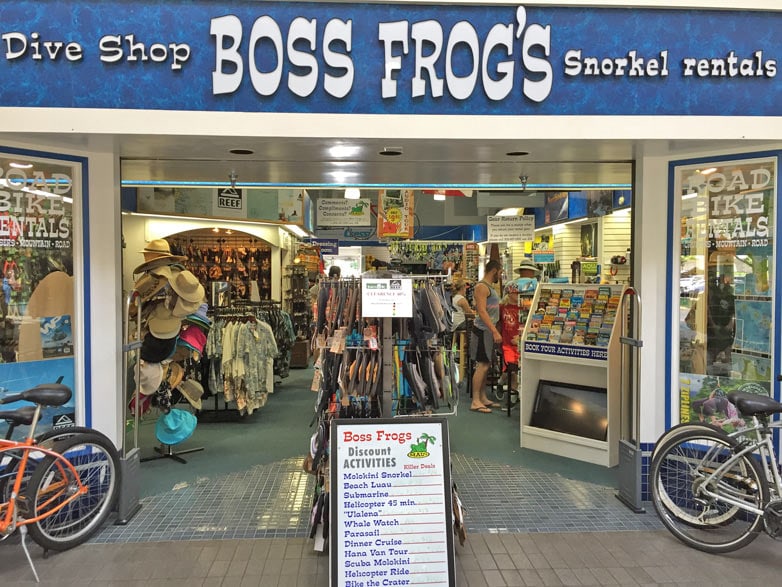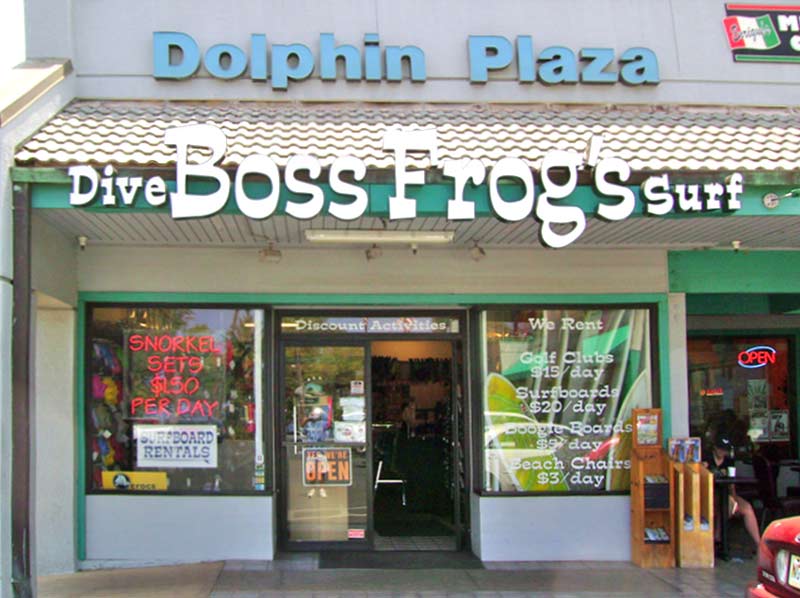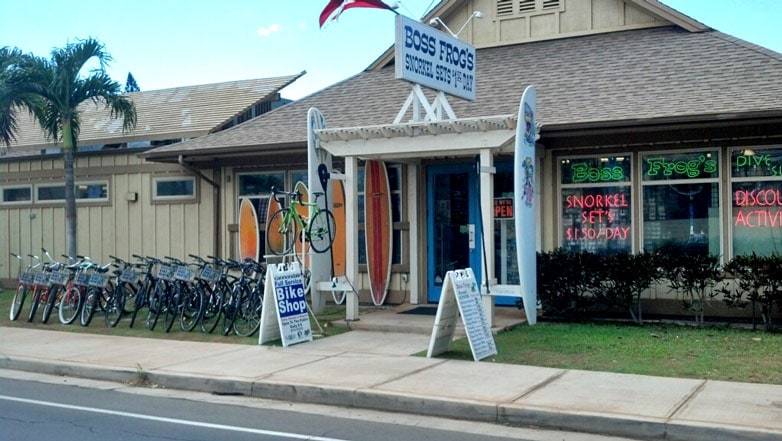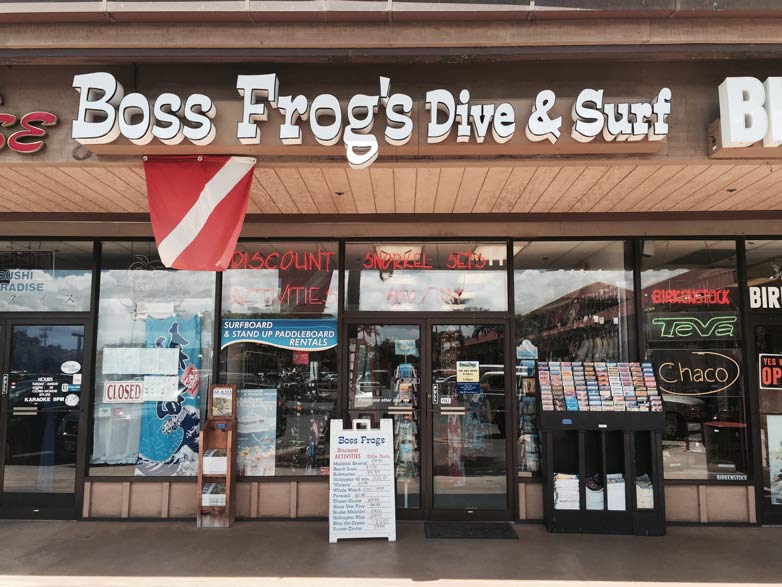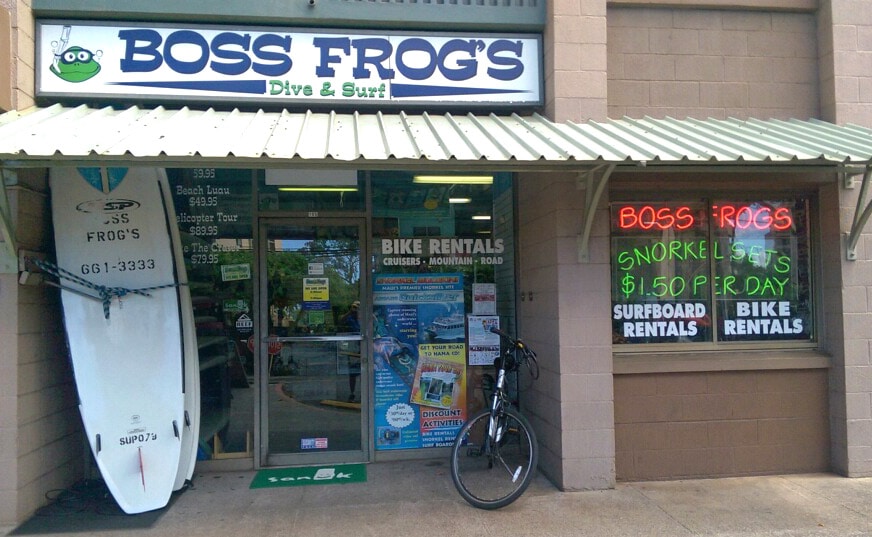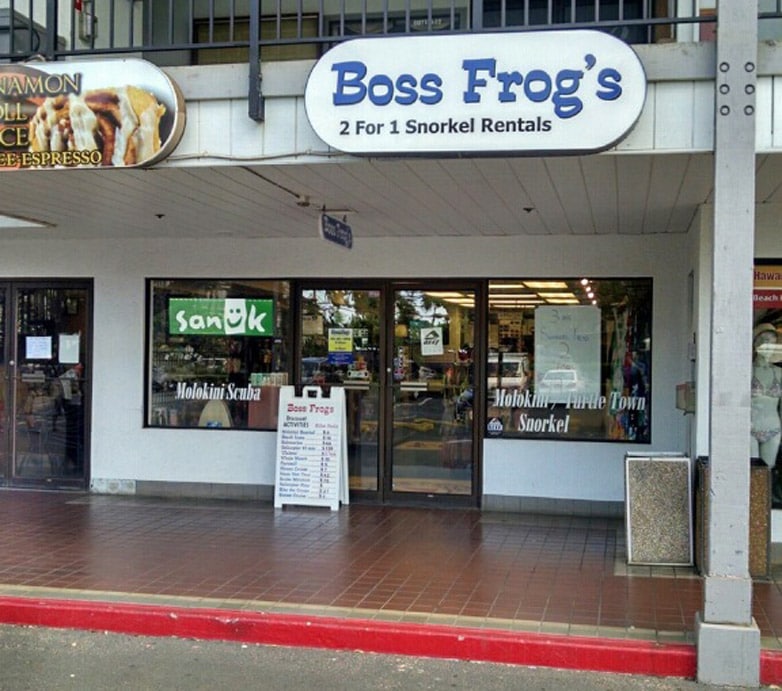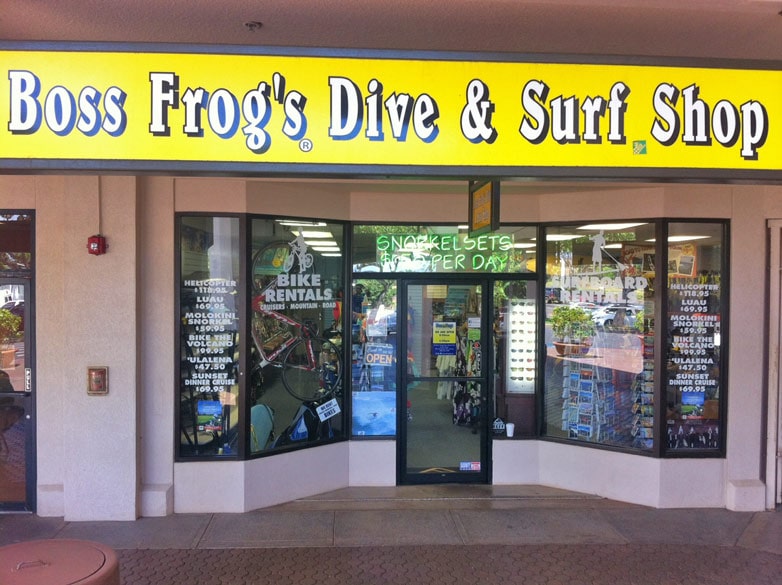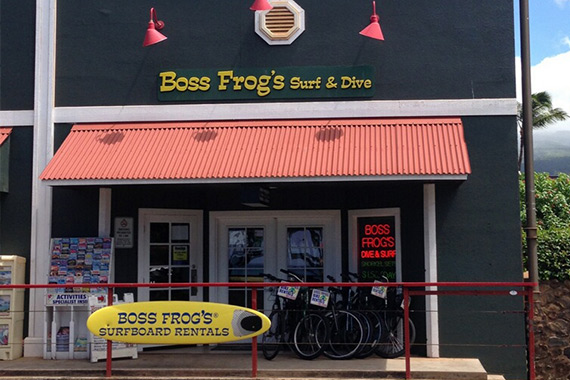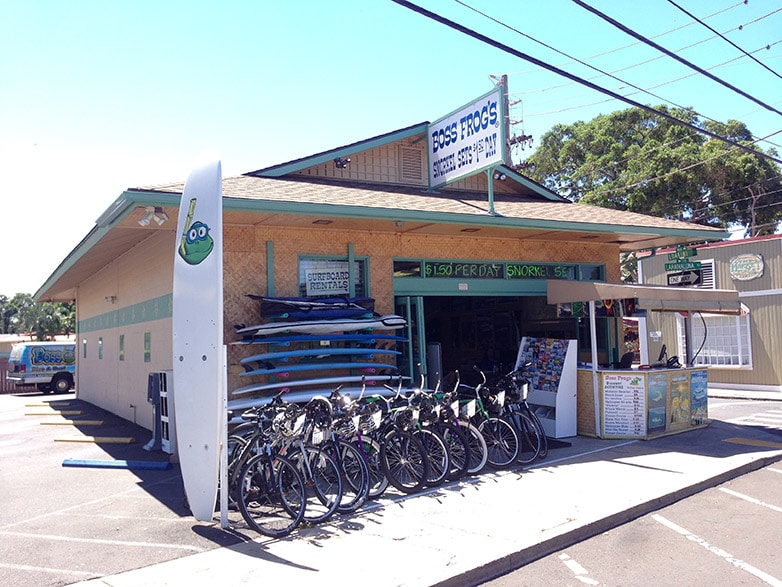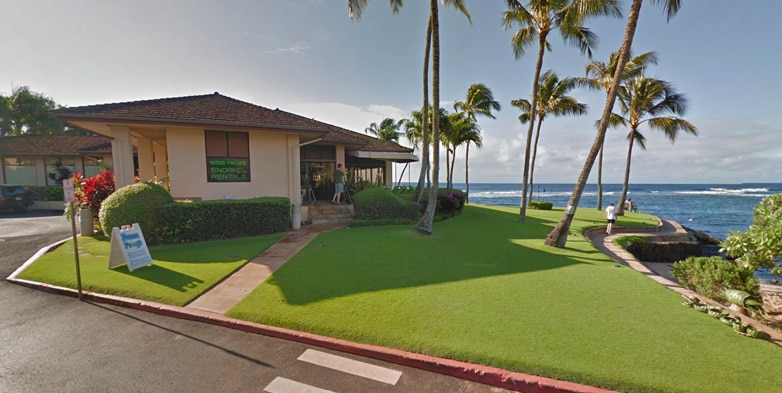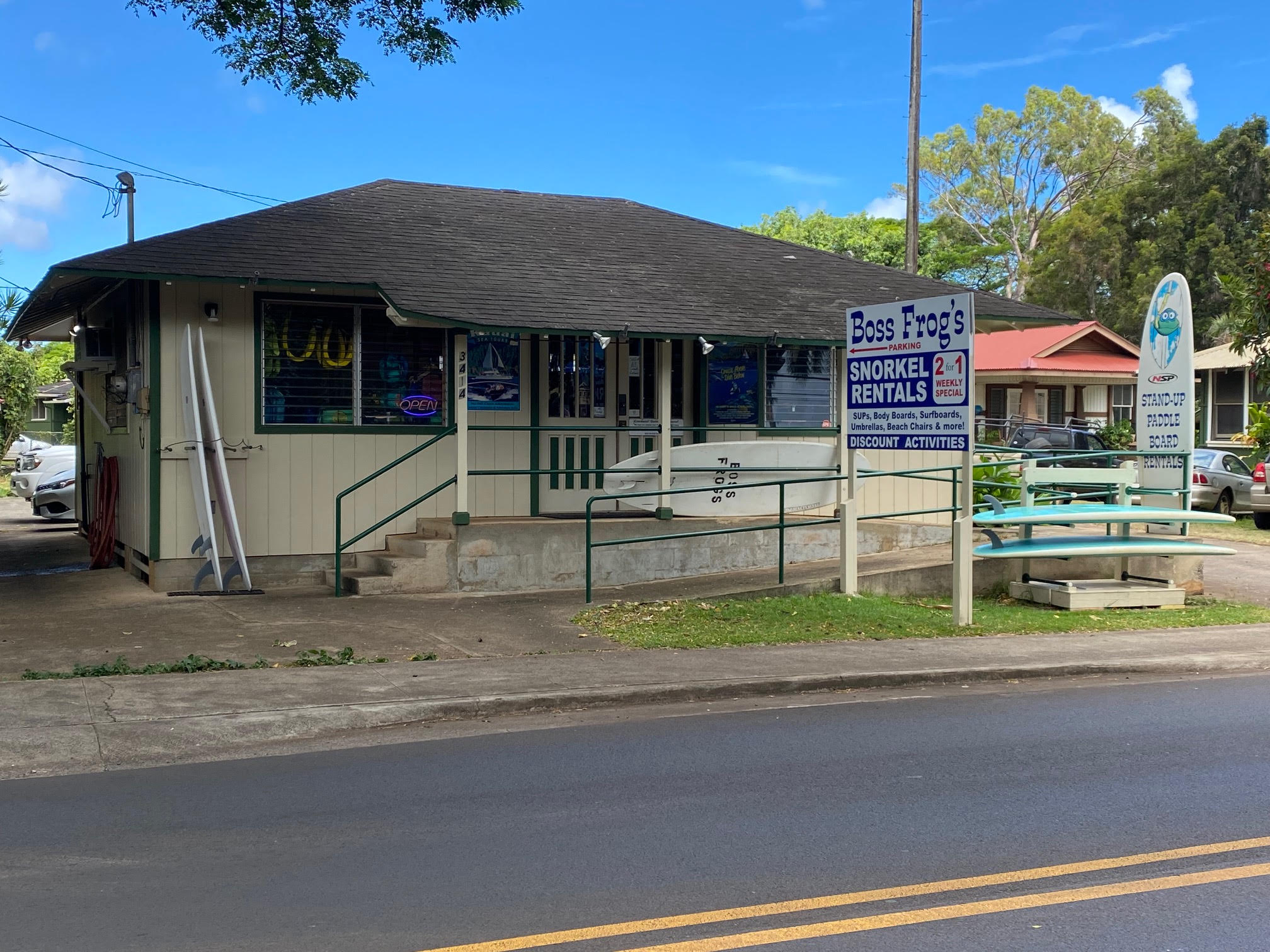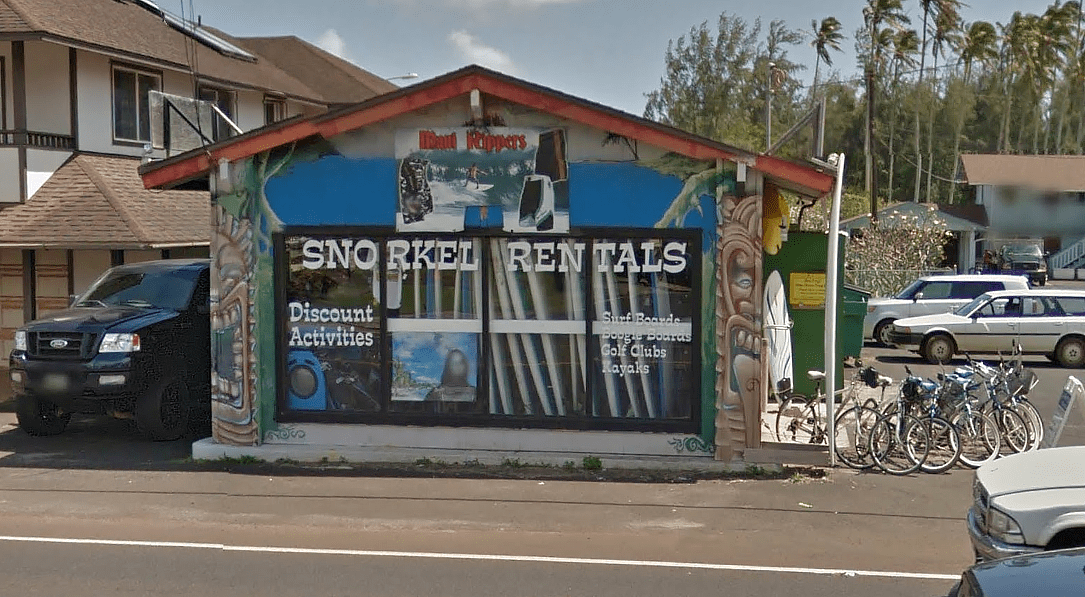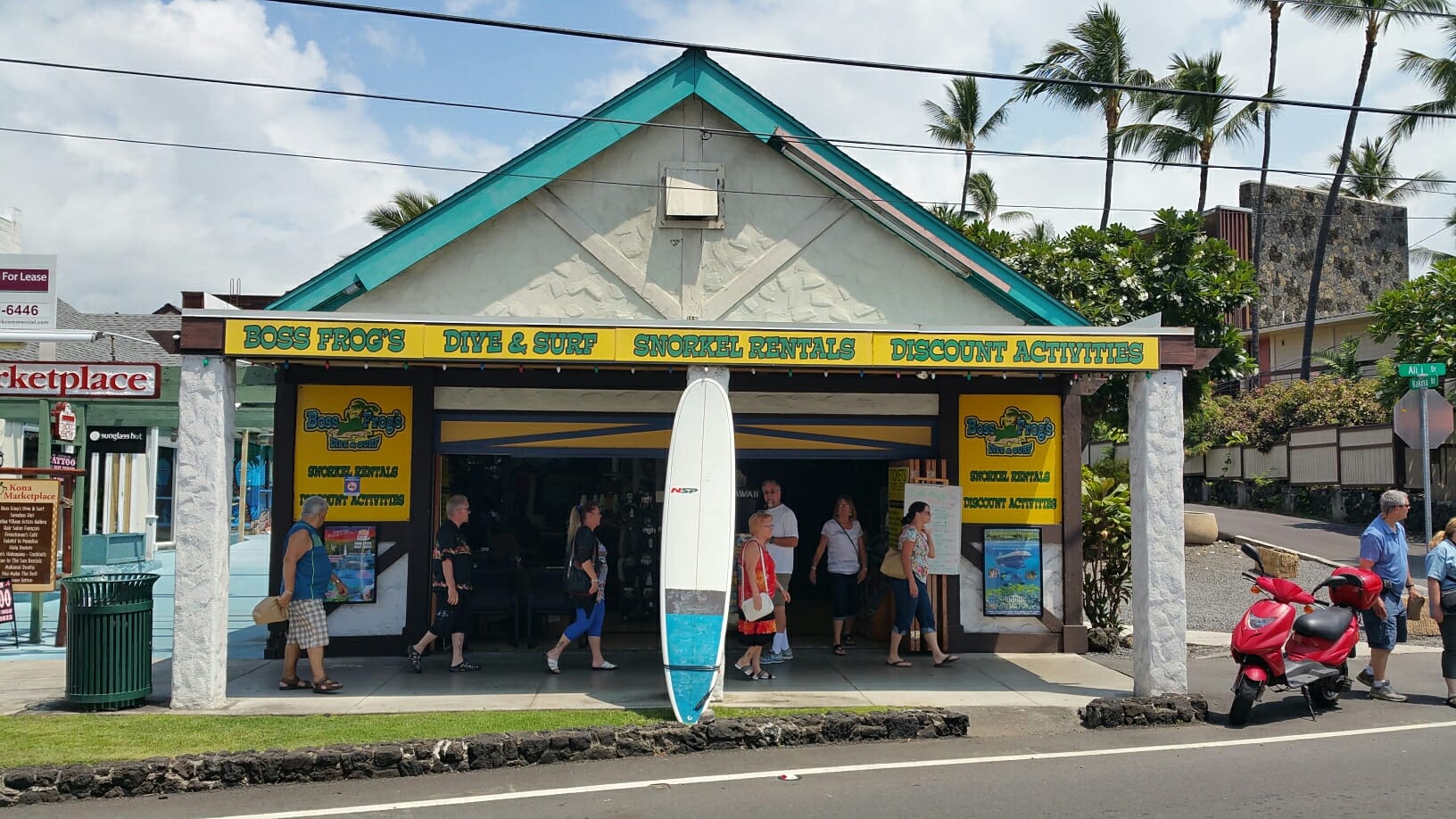Snorkeling at Olowalu
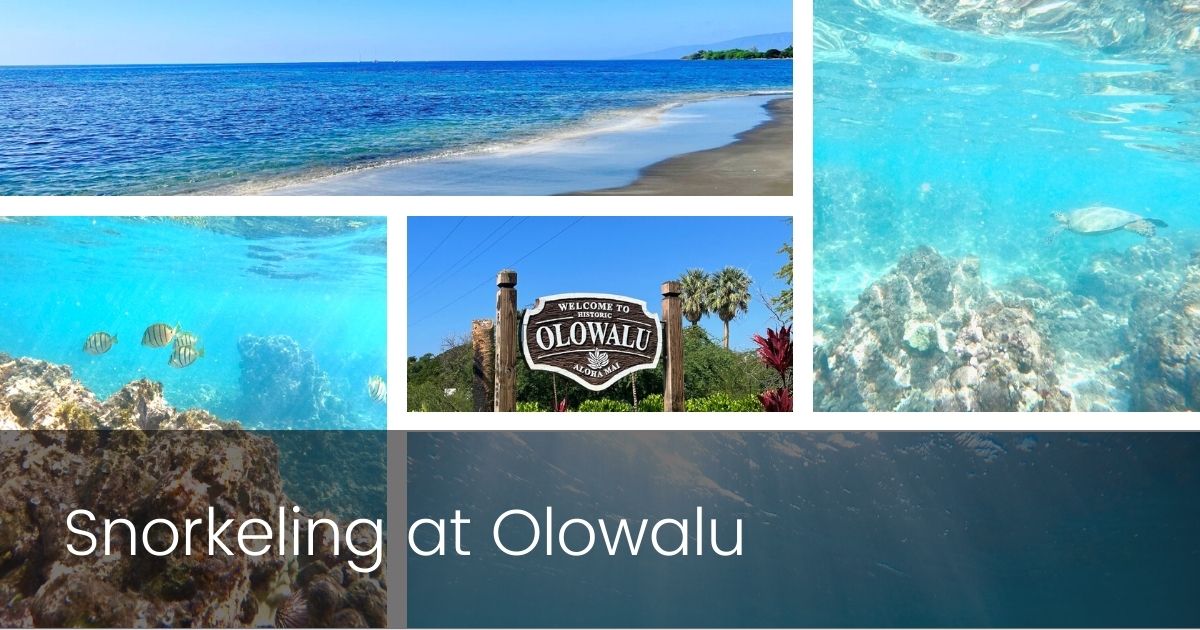
Located just off the highway on the way to Lahaina, is one of the best snorkeling locations on Maui. Here you’ll find over 100 acres of beautiful white sand beaches, stunning coral reefs, and abundant marine life. Olowalu is known as Maui’s biggest and most thriving coral reef system. It is home to a plethora of different marine animals, including fish, green sea turtles, manta rays, eels, and even (friendly) black-tip reef sharks.
The History of Olowalu
Olowalu also has an incredibly rich Hawaiian history and was once a flourishing Ahupua’a (land dividing system) for the native people. The Hawaiian people were completely self-sustainable in this area and grew crops such as taro, breadfruit, and coconuts. They did so by diverting fresh water from the Olowalu stream that runs from the valley of the West Maui Mountains. The Hawaiians were also able to establish Kalokos (fish ponds), to maintain a stable food supply.
Arguably the coolest part about Olowalu’s history is that it was once a Pu’uHonua, or place of refuge for those who were fleeing from punishment. Once inside the sanctuary, one could not be harmed, and as long as one stayed within the area, they could be absolved of their crimes. Today, Olowalu (mile marker 14) is a highly reputable spot for recreation. This includes snorkeling, surfing, paddle boarding, kayaking, scuba diving, recreation, and lounging. Thanks to Olowalu’s south-facing location, it is also protected from strong winds. This allows for ideal weather conditions year-round.
Where is Olowalu?
While the beach runs for multiple miles, the best place for snorkeling at Olowalu is the area around the mile marker 14 sign. To get there, head west on Honoapi’ilani highway towards Lahaina town. This is a beautiful, scenic drive along the coastline and a great chance to view whales from ‘the pali lookout’ during winter months.
Follow the green mile marker signs located on the right side of the highway until you reach ‘mile marker 14’. Olowalu is located approximately halfway between Ma’alaea harbor and Lahaina town. Once you have arrived at mile marker 14, cross over onto the left side of the road to park (spaces are available on a first come first serve basis). There are no trash cans or bathrooms here, so keep that in mind when visiting. If needed, you can continue on the highway to Olowalu General Store and Leoda’s Kitchen and Pie Shop to turn around and get back on the highway safely.
Accessing Maui’s Largest Reef System
I arrived at Olowalu around 9 o’clock in the morning to secure a nice parking spot. Weekdays are less crowded than weekends, so I was able to find parking right across the street from the mile marker 14 sign. I set my belongings down right under the shady Kiawe tree (watch for sharp thorns on the ground). Then got out my mask, snorkel, and reef-safe sunscreen to start my adventure. From shore, I could easily identify multiple sand channels in the water between the coral. One can see this, by analyzing the color of the water. The lighter blue areas indicated sand, and the dark blue areas were the coral. The reason that I wanted to check out the sand channels is that large fish and other marine animals such as manta rays are often spotted swimming in between them. I wanted to get up close with Hawaii’s marine life!
Snorkeling at Olowalu
I was able to start snorkeling at Olowalu right off of the beach. The tide was a little low, so the coral reef formations were almost sticking out of the water. In some areas, it was difficult to navigate around the giant coral. I was glad that I had taken the time to rent good snorkel gear in Kihei, including fins. The visibility that day was excellent, and the temperature was around 78 degrees. I saw so many amazing coral reef formations snorkeling at Olowalu. It is hard to believe that some of these coral heads began to form some 500 years ago! I also saw lots of reef fish, sea urchins, and even a green sea turtle!
Protecting our Coral Reefs
Unfortunately, I did notice some coral bleaching on multiple coral heads around the reef. Coral bleaching is a term used to describe the process where coral turns white (dying) due to changes in water temperature, nutrients, or sediment cover caused by nearby development. If the bleaching continues, it could have negative effects on the ecology of the entire coral reef and impact many aquatic species. History is literally being erased, and it is up to us to ensure that we do not cause further damage to the reef. Wearing reef-safe sunscreen and being sure to never step on coral reefs while snorkeling are some of the ways that we can help to protect the ocean and marine life in Hawaii (PDF)
Overall my adventure snorkeling at Olowalu was perfect. The water was clear, there were a bunch of cool fish and turtles, and by far the best coral reef formations on Maui. Olowalu is a great snorkeling location for all ages. It is a place to enjoy the beautiful panoramic views of west Maui and the neighboring islands. A place to snorkel around 500-year-old coral formations, and to dive in the crystal clear candy channels that stretch for hundreds of yards offshore.

